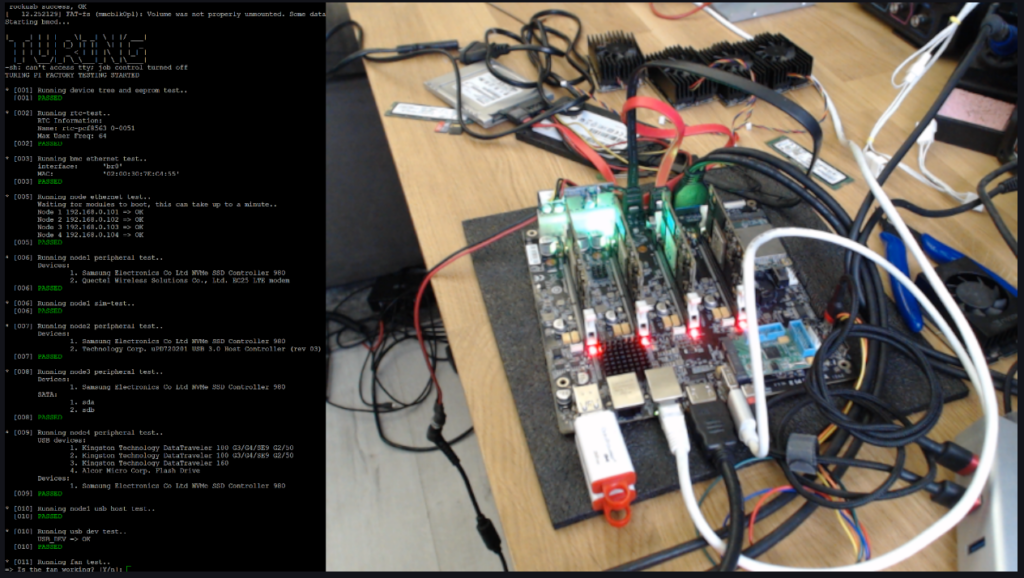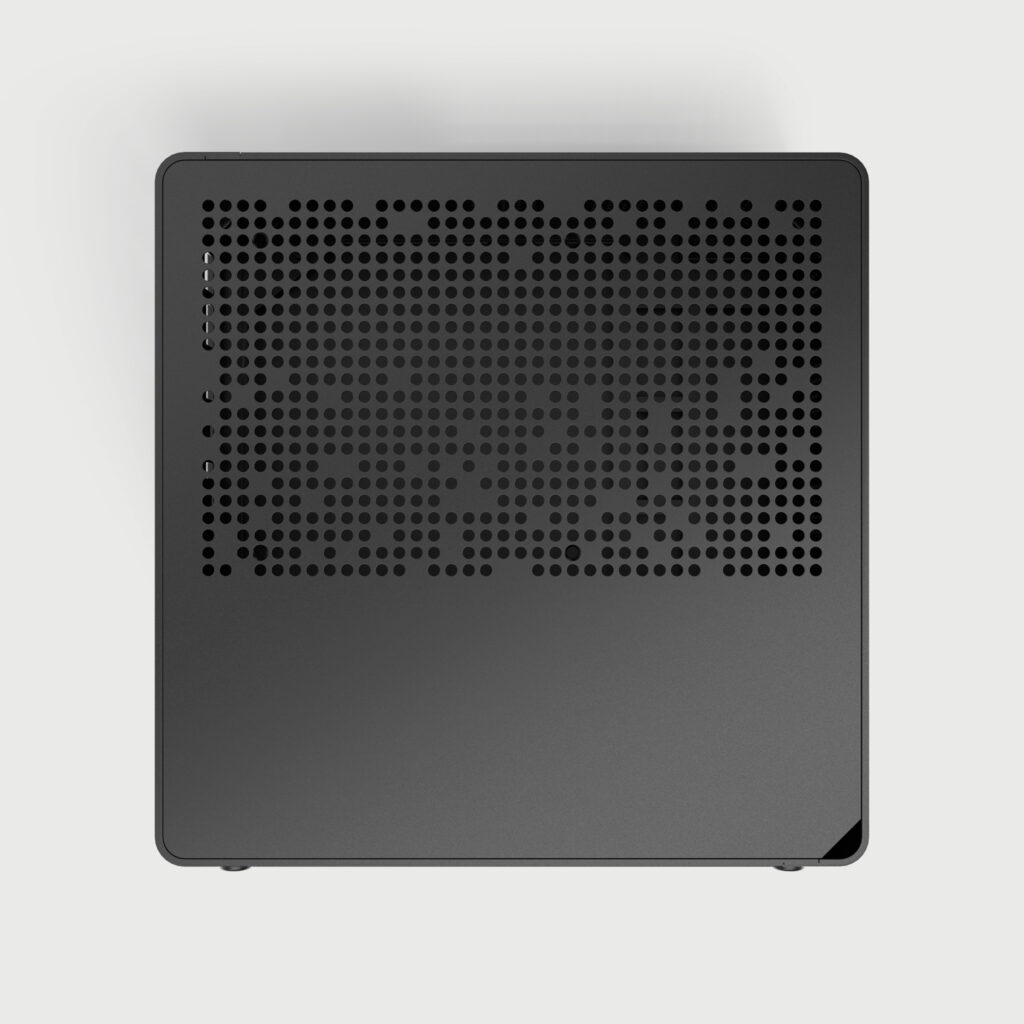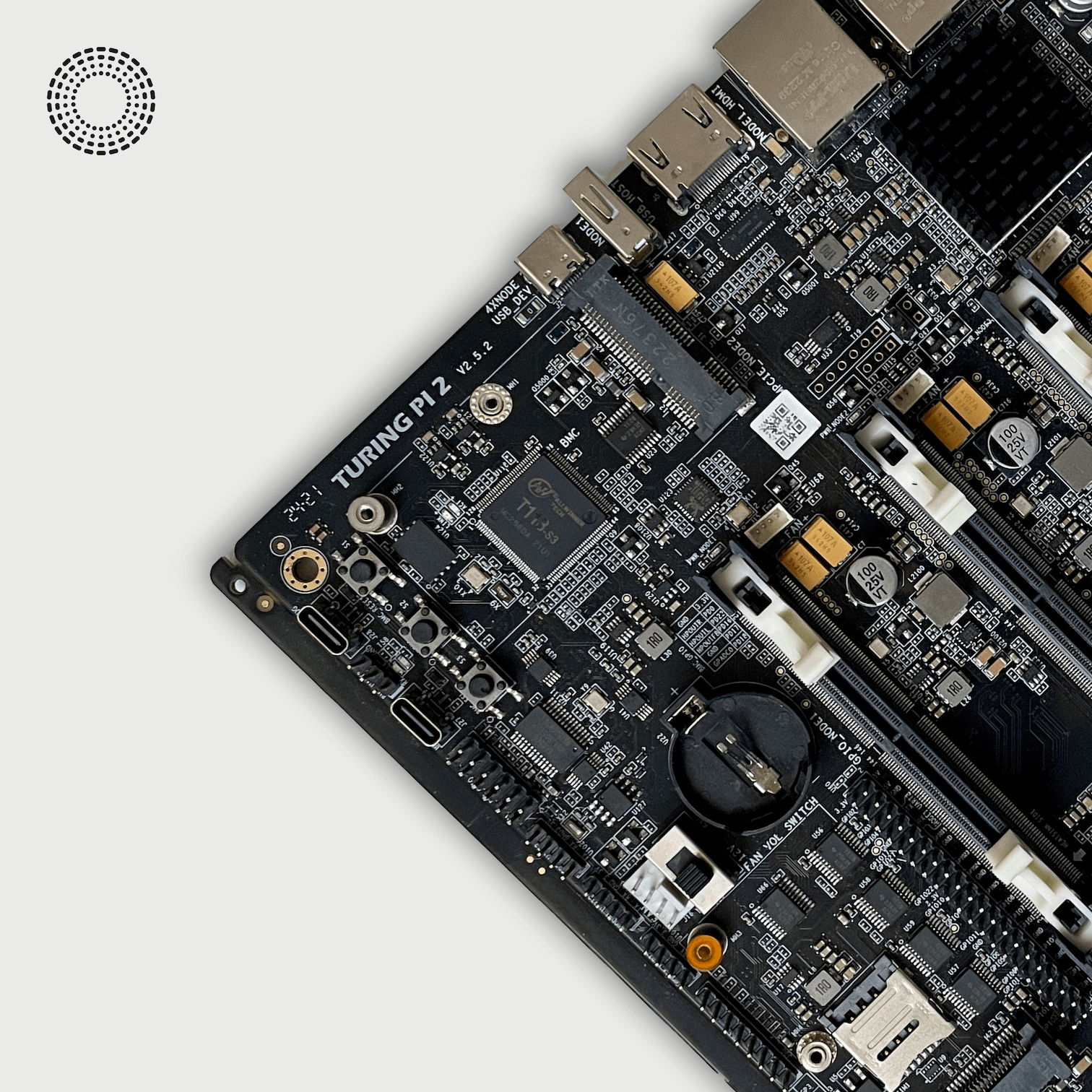After more than a year in the making, we’re beyond excited to announce that production of the Turing Pi 2.5 (V2.5.2) has started. This isn’t just another iteration—it’s the culmination of months of design, testing, and invaluable contributions from our amazing community. Along the way, we faced countless challenges, from hardware delays to complex debugging sessions, but every hurdle pushed us to create something better.
Why It Took So Long
Developing the Turing Pi 2.5 took longer than expected. We went through three major design iterations, each taking two months, with six months spent just waiting for hardware. Once we had the boards, we dove into debugging, testing, and design changes.
We didn’t just focus on fixing bugs – we wanted this version to be more versatile and reliable. To achieve that, we opened up beta testing to our community. Their real-world feedback was invaluable, helping us refine the board into what it is today.

What’s New?
Mini PCIe USB Interface Access for Nodes 1 & 2
Both the RK1 and Nvidia Jetson modules can now utilize the USB interface in the Mini PCIe connector – perfect for WiFi cards, cellular modems, or any other mPCIe USB devices. For RPi CM4 – see the notes below.
Internal USB Hub for more convenient access to the module storage
The internal USB hub makes it possible to access the storage of all modules in MSD (mass storage device) mode at the same time. The firmware support to flash all the modules at the same time will be introduced in the future.
New USB-A Port for Node 1 and 4K HDMI output
With this new USB port directly connected to Node 1, plus a 4K HDMI connection, you can turn Node 1 into a desktop computer. Plug in a mouse, keyboard, and go! Now also supports Nvidia Jetson modules.
Support for External I²C Screens, Buttons, and a Speaker
New 8-pin connectors for I²C, audio, and GPIO pins allow developers to integrate screens, buttons, and other hardware. Stay tuned for upcoming products to complement this feature.
MAC addresses for all of the boards
We acquired a MAC address allocation, which means each new Turing Pi2 board comes with its own unique MAC address. For existing Turing Pi2 owners – we did not forget about you, we’re working on a solution to allocate MAC addresses for you as well!
BMC Upgrades
- New, built-in UART converter with USB-C port for easier debugging.
- BMC onboard storage has doubled and now comes with 256MB.
- Recover from failed firmware updates easily with the new FEL button.
- 4-pin PWM case fan header controlled by the BMC.
- Higher accuracy RTC clock with a common CR2032 battery slot.
What’s Improved?
- USB-C is the New Standard: We’ve replaced the old USB-A OTG port with USB-C for flashing the modules and accessing their onboard storage (we added the additional USB-A header for the host mode).
- Nodes Stay Powered On During BMC Restarts: A highly requested feature from our community!
- 4K HDMI Output support for Node 1: Paired with USB-A peripherals support, using Node 1 as your desktop is better than ever.
- Revamped GPIO Headers for Node 1: Pin 17 now outputs 3.3V instead of being connected to the ground, in line with other industry standards.
- Better Power Delivery Efficiency: Reduced heat, lower power consumption, and no more whispering noise from the powered nodes.
- Replaced mPCIE and M.2 studs: For better compatibility with various mPCIe modules and M.2 drives
What we are working on?
To make the Turing Pi2 board even better, we’re continuously working on the BMC firmware. Many improvements have already been implemented, and in the future, you can also expect:
- Further UI (user interface) improvements
- Managed switch mode improvements
- An ability in the user interface to flash multiple nodes at once (even without the need for manual image downloads)
- An ability to display module state and information on the UI
…and many more.
Compatibility between Turing pi v2.4 and v2.5:
- The USB connectivity between the nodes, the BMC, and external and internal ports have been redesigned, but due to the limited connectivity of the Raspberry Pi CM4 modules (and other modules in the same form factor) which only contain a single USB interface, CM4 modules do not have a connection to the mPCIe slots. The ability to use the USB-A for keyboard, mouse, and peripherals is retained.
- The USB-A port is directly connected to Node 1 (in v2.4 it could be routed to any of the nodes).
Soon in Stock and Ready to Ship!
We’re excited to announce that stock will be available in the next 2 weeks – from the Turing Pi board to all variations of RK1 modules and accessories. After enduring global shortages, you’ll soon be able to get everything you need. But don’t wait too long – quantities will be limited, and they’ll sell out fast!
Brand new Mini ITX case
We’re also launching preorders for our brand-new mini ITX case starting September 18. It’s designed to provide a unique, tailored experience for Turing Pi products, offering optimal functionality and integration for your setup.

A Huge Shoutout to Our Community
This board wouldn’t be where it is today without our amazing community. Your input, from Discord discussions to real-world testing, has been invaluable. Special thanks to everyone who participated in the beta tests, shared setups, and offered feedback.
The Turing Pi 2.5 isn’t just our creation – it’s a product shaped by you. We can’t wait to see what you’ll build with it!
